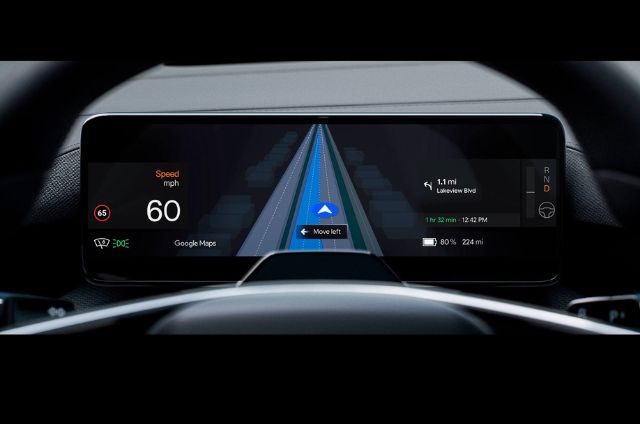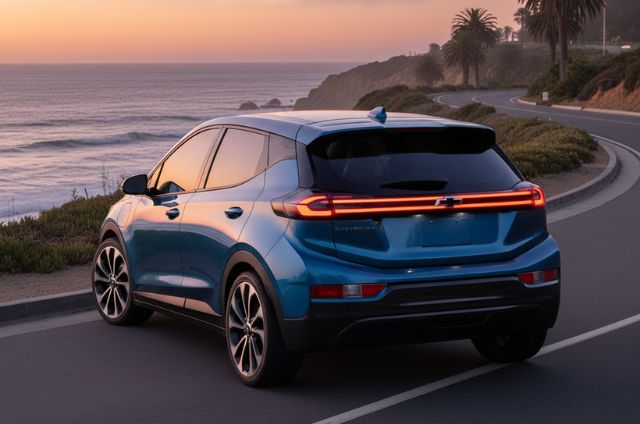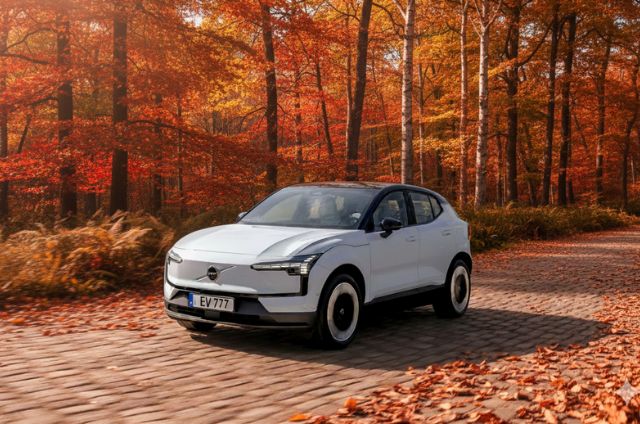A First in the Auto Industry
Polestar 4 is set to become the first production car to integrate Google Maps’ new live lane guidance directly into the driver display. The Swedish EV brand is beating the rest of the industry to the punch by putting AI-assisted lane guidance front and center—literally.
This feature, designed for vehicles with Google built-in, helps drivers navigate complicated highway merges, lane splits, and exits with far more confidence. It reduces stress and prevents those frustrating, last-minute decisions that can make highway driving a hassle.
This marks another major milestone in Polestar’s mission to blend performance with intelligent, user-focused tech.
Smart Tech That Actually Helps
Here’s how it works: a forward-facing camera in the Polestar 4 detects lane markings, road signs, and other real-world cues. Google’s onboard AI processes that visual data in real-time and determines exactly which lane the vehicle is in.
That information is then integrated with Google Maps, displaying live lane guidance on the 10.2-inch driver display—directly in the driver’s line of sight.
You’ll see a detailed lane map showing all possible routes, with your current lane clearly highlighted. Combined with helpful audio cues, it’s a major upgrade in real-time awareness.
The result? No more missed exits, sudden lane changes, or guesswork during high-speed navigation.
UX That Puts Drivers First
This innovation supports Polestar’s long-term focus on driver-centric design. The brand has made a name for itself with clean interfaces and frequent over-the-air updates, keeping vehicles fresh long after delivery.
Sid Odedra, Head of UI/UX at Polestar, says this update is about reducing stress and improving safety—not just adding features for the sake of it. It’s smart tech that serves a real purpose.
Rolling Out Soon
This new feature will debut on Polestar 4 vehicles in the US and Sweden within the next few months. Additional markets, road types, and vehicle platforms are already in the pipeline.
Polestar’s close partnership with Google began in 2020 and continues to set a benchmark for digital-first driving. Expect more upgrades soon.



